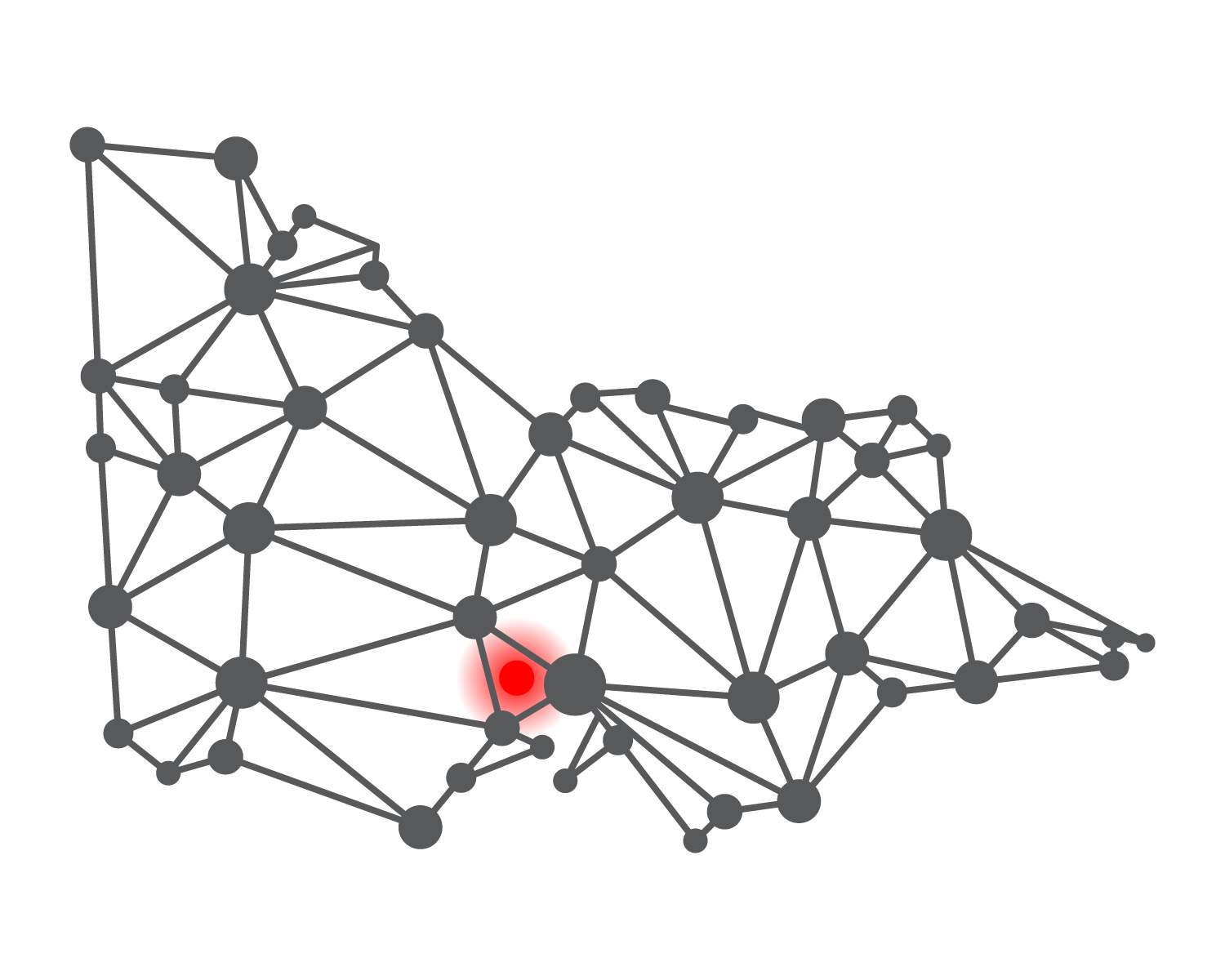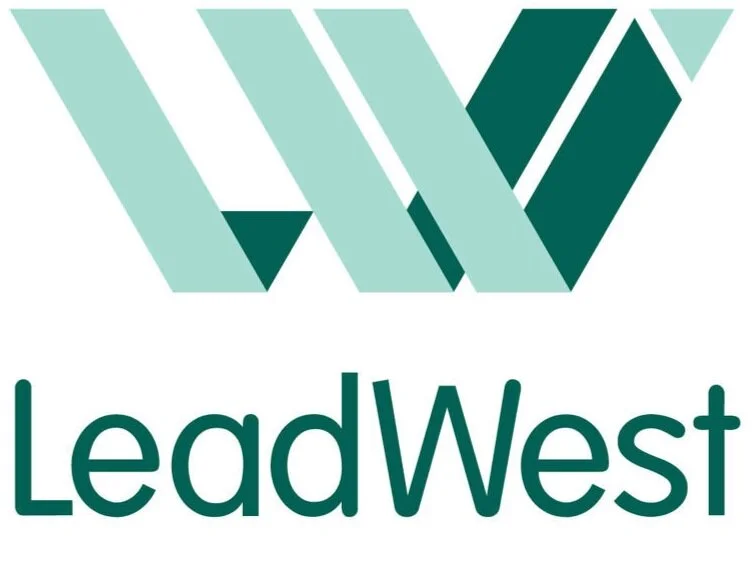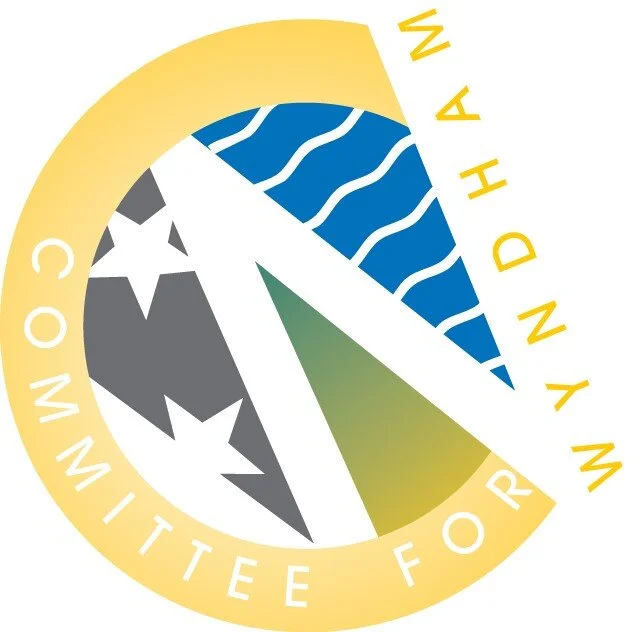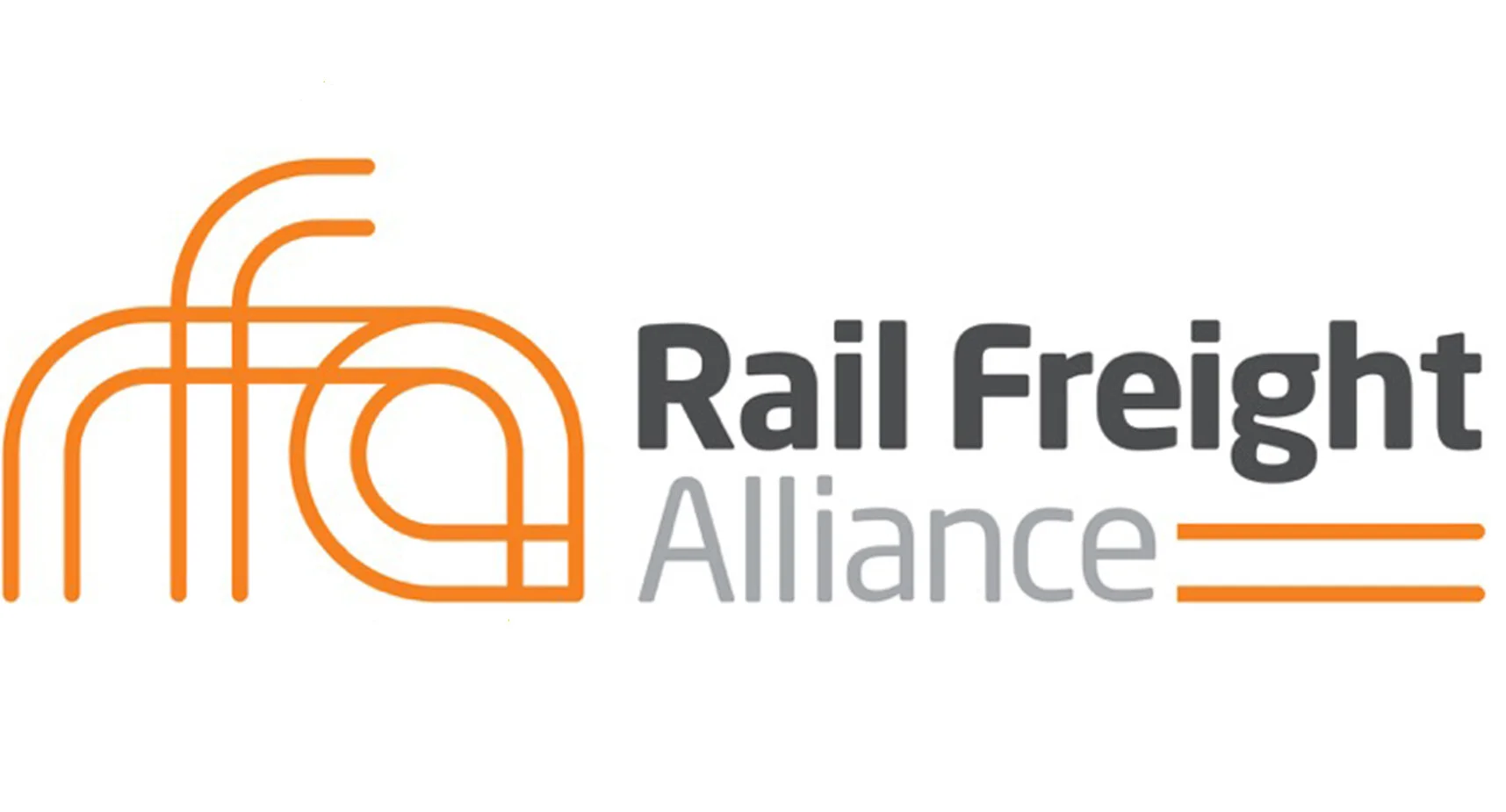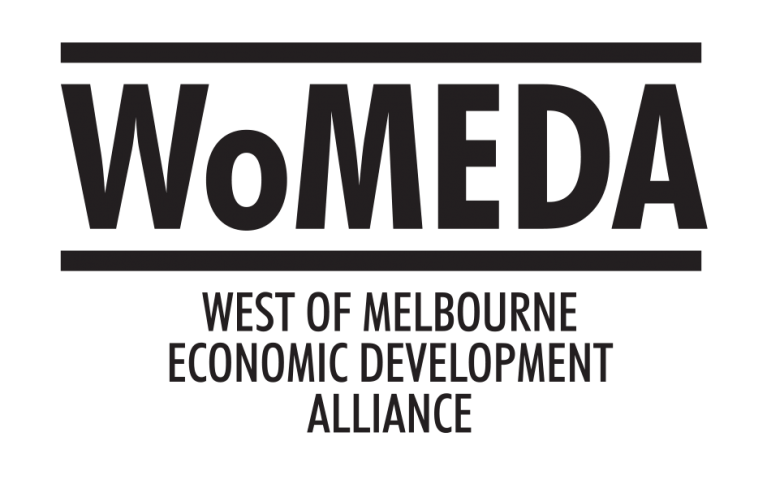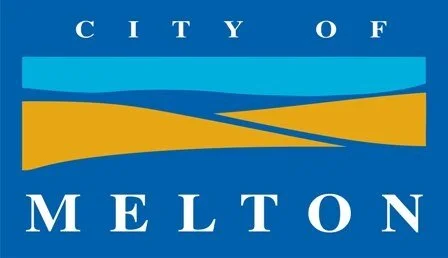Western Interstate Freight Terminal
Efficiency • Productivity • Jobs
The Western Interstate Freight Terminal (WIFT) is a significant regional infrastructure project planned for Truganina, in the City of Melton in Melbourne’s west. Establishing this interstate rail freight terminal and warehousing precinct will boost local job creation and commercial productivity within the outer west and Victoria. Identified in the Commonwealth Inland Rail Project, the Victorian Western Growth Corridor Plan, the Victorian Freight Plan and the North and West Melbourne City Deal proposal, the WIFP will dramatically improve efficiencies in local, national and international freight movement by bringing local warehouse precincts closer to freight terminals, and limiting the number of trucks and trains required to transport interstate freight into the Dynon Precinct in Port Melbourne. Additionally, the Dynon terminal is limited in its capacity and earmarked for closure with identified urban renewal opportunities for North Dynon.
The WIFT is a critical infrastructure project that will be located centrally to the ports in Melbourne and Geelong as well as the proposed Bay West, Melbourne, Essendon and Avalon airports, logistics warehousing and inland rail. It is also connected by road and rail to Ballarat, Geelong, and interstate to Adelaide and Perth. Investment in the WIFT will create 39,000 jobs in the outer west in supply chain and logistics, industries perfectly suited to the vast land availability and connectivity of the City of Melton. The west is the origin and destination for around a quarter of all container transport, and Truganina is close to around 50 per cent of existing interstate rail freight customers, ideally placing the WIFP as the key node for port-related activity.
Melton City Council is calling for the State and Federal Government to prioritise this transformational project that will deliver significant jobs and investment to Melbourne’s fast growing outer west and meet the critical needs of the national freight industry.
Why the WIFT
Location
Close proximity to the Port of Melbourne, Port of Geelong, Melbourne and Avalon Airports, major rail and highway connections to Geelong, Ballarat, and interstate to Adelaide and Perth. Additionally, close to available surrounding industrial land.
Existing demand
Melbourne’s west has existing freight demand, with the west being the origin and destination for around 25 per cent of all container transport and Truganina close to around 50 per cent of existing interstate rail freight customers.
Accessible workforce
Access to 1.3 million people living in Melton, Wyndham and Brimbank by 2050 creating an availability of a skilled, diverse workforce.
Land availability
The proposed location for the WIFT will provide access to 7,200 hectares of industrial land in the Western State Significant Industrial Precinct beyond 2040, including 4,300 hectares of occupied zoned-industrial land, 1,800 hectares of existing vacant zoned-industrial land and 1,000 hectares of future zoned-industrial land.
Job creation
The WIFT will attract commercial investment that will unlock 39,000 diverse and quality jobs by 2050.
National freight efficiency
The Truganina option will support the 1,800 metre, double stacked trains required for the completion of the Commonwealth Inland Rail, enabling efficiencies for freight nationally.
Why the West is Right
The Western Interstate Freight Terminal will significantly improve freight access in Melbourne’s west. The proposed location of the WIFP will provide distribution access to up to 1,700 hectares of existing zoned industrial land and 1,200 hectares of future zoned industrial land in the Western State Significant Industrial Precincts providing 39,000 ongoing jobs.
Jobs and Investment
Delivering the WIFT in Truganina makes it ideally located to the Port of Melbourne, Melbourne, Avalon and Essendon airports and major national and regional arterial roads. The west is the origin and destination for around a quarter of all container transport and Truginina is close to around 50 per cent of existing interstate freight rail customers. Additionally, the WIFT will be located in a region with an abundance of quality and accessible commercial and industrial land to support warehousing and logistics.
Existing Demand
Prioritising the delivery of the Western Interstate Freight Terminal has the backing of the transport sector and peak industry bodies. Delivering on the needs of the industry sector is critical to ensure Victoria’s future freight movement delivers productivity and a highly efficient and streamlined transportation structure that reduces costs and congestion and maximises job creation.
Industry Demand
The location of a TAFE, a centre of excellence, in close proximity to the WIFT will enable the development of industry research, skills and training and international best practice in supply chain and logistics management, providing long term employment opportunities and a diverse range of quality jobs.
Skills and Training
Supporters of the WIFT include:

Join the growing list of businesses adding their support for the Western Interstate Freight Terminal
Click to send your details to us by email.
We’ll be in touch.
